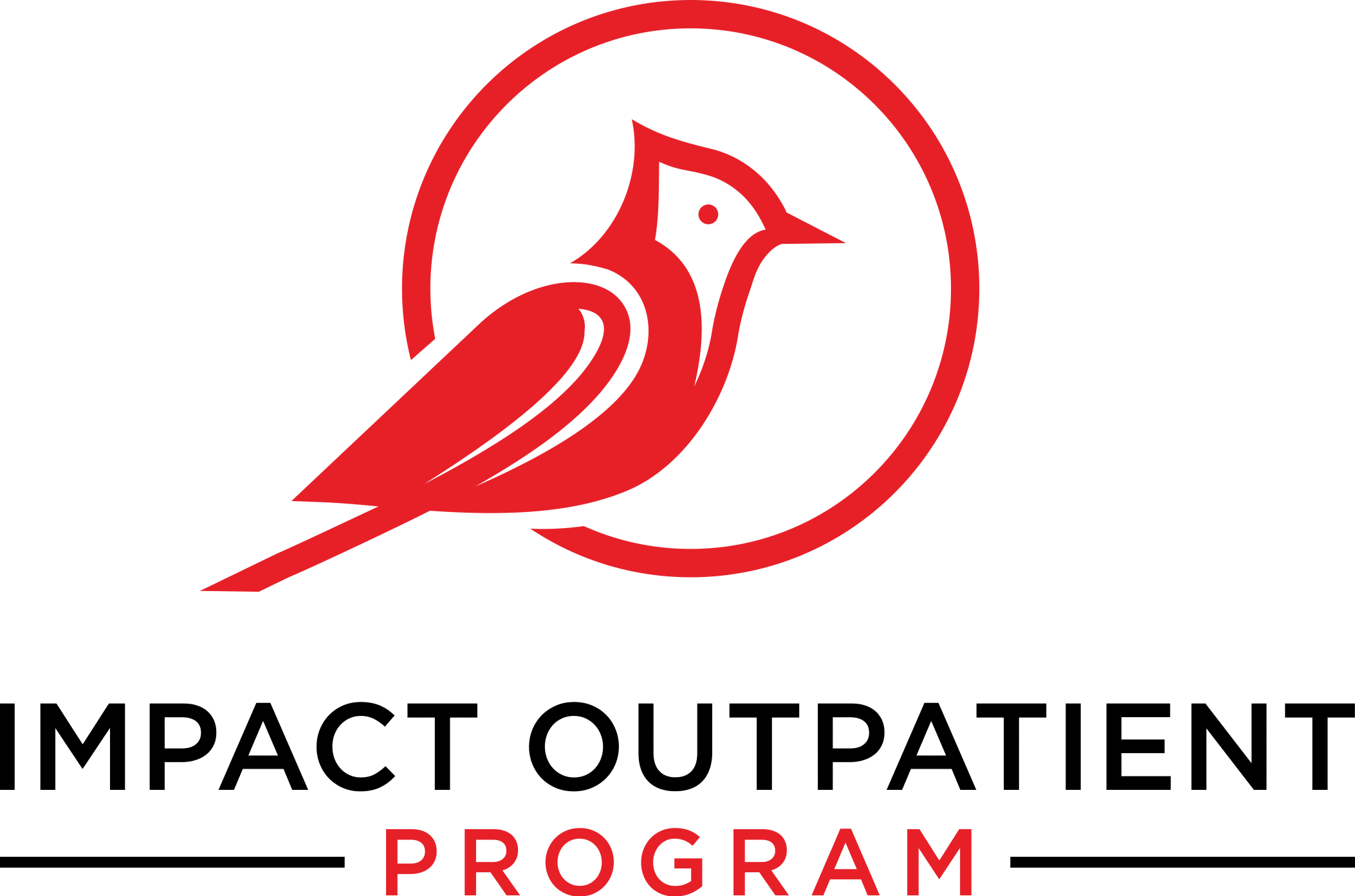The Matrix Model is a treatment approach completed over 16 weeks used for stimulant abusers. This guide explores the fundamental aspects of this model and how it can benefit addicts.
Numerous different treatment models are used by professionals to help individuals with drug addiction. The models used will often depend on the type of drug addiction a patient is experiencing as well as their specific or individual needs. One of the most common treatment models is the Matrix Model.
Developed through the cocaine crisis that occurred during the 1980s in Southern California, the model filled a gap in treatment services. During this time, there was no outpatient treatment plan available to treat addiction to stimulants.
Instead, the majority of treatment plans were based on providing support for alcohol or heroin users. Similarly, many programs required patients to stay in a facility for at least 28 days, completely disrupting their life. The plans focused largely on the 12-step model. 12-step facilitation therapy is an active engagement strategy. It is designed to help ensure a substance abuser becomes affiliated with and involved with 12-step help groups. The main aim is to promote drug abstinence in patients.
The Matrix Model was developed based on the concept of delivering a far more targeted approach to individuals who were reaching out to treatment centers for support.
Components Of The Matrix Model
The Matrix Model does not just focus on one element of treatment. Instead, it uses multiple pathways including:
- Individual Therapy – focused on providing a treatment plan and checking the progress of an individual.
- Early recovery group sessions – in the first month, individuals meet to learn how to cope with cravings or triggers. Schedules are created and progress is monitored using the support of other members of the group.
- Relapse prevention – Users share individual strategies to stay sober. 32 different topics are discussed which are focused on preventing relapse. This includes changing behavior and altering thinking patterns.
- Family education – family members are provided with critical information about addiction including the effect that drugs have had on their loved one’s health.
- Social support groups – Used in the last month of treatment, clients are encouraged to explore and find drug-free activities as well as interact with people who do not use.
- Twelve-step meetings – This introduces clients to the 12 steps, encouraging them to attend their meetings on a regular basis.
As well as these various components, the Matrix Model also includes a variety of different therapy options. Many of these therapies can now be completed as part of a telemedicine program.
For instance, the Matrix Model of treatment will typically include cognitive behavioral therapy or CBT. This helps users understand how their thoughts can impact their behavior. The aim is to help them reduce levels of negative thoughts that can cause self-destructive behavioral patterns. Healthier behaviors and thoughts are promoted during the therapy.
It may also include motivational interviewing. This is designed to help people overcome their resistance to stopping using drugs and instead engage with the treatment provided. Through this treatment, the client/therapist relationship is a partnership. The therapist’s main goal is to target and understand the client’s motivation to stop using and complete positive acts that are going to change their life.
As well as this, the model could include contingency management. This treatment is designed to provide rewards for drug-free behavior. Similarly, rewards can be withheld if clients show signs of drug usage.
What Clients Should Expect From The Matrix Model
At The Louisville Addiction Treatment Center, we use the Matrix Model to help our clients. It’s important to understand what to expect from this treatment model.
Usually, the Matrix therapy Model will last for 16 weeks. During this period, a client will connect with a therapist directly. They will work to coordinate a patient’s care and ensure that they are provided with everything that they need. While treatment will consist mainly of group sessions, there will also be 10 individual sessions over the course of the treatment plan. During the plan, certain sessions will change to provide other types of support. For instance, after 12 weeks, family education sessions will change to a social support group that expands on the information and skills developed.
The specific structure of the treatment plan will differ depending on the treatment center and the requirements and needs of the individual.
During the Matrix Model, drug tests are completed on a regular basis. These occur randomly and there is often one each week. Drug testing is not used to punish users. Instead, it is utilized as evidence as to whether or not the treatment plan is working or if more structure is required. It is designed to hold clients accountable for their actions while also ensuring that their continued sobriety is effectively rewarded.
The therapist’s main function during the Matrix Model is that of both a teacher and a coach. They will work to build a positive relationship with the client and then use this relationship to help them achieve positive changes in their behavior. While the interactions between clients and therapists are direct, they are not confrontational or designed to reflect a parental level of control. Instead, a therapist will work to build up a patient’s self-esteem, self-worth, and dignity. They will drive to ensure that they have a more positive outlook of themselves.
Studies That Have Explored The Impact Of The Matrix Model
There are numerous studies that have explored whether or not the Matrix Model is an effective option for supporting individuals addicted to stimulants.
For instance, one study in 1985 found that the Matrix Model was more effective compared to a 28-day inpatient program or a 12-step group model at helping those with cocaine addiction. The report revealed that the Matrix Model resulted in lower rates of cocaine usage eight months after treatment when compared with other treatment models.
A second study explored whether the model provided support to methamphetamine users. The research showed evidence that the Matrix Model helped to reduce meth usage as well as other drug habits up to five years after treatment. More promisingly, users who completed the Matrix Model of treatment were also more likely to be employed and avoid issues with jail.
Alternative Matrix treatment models have also proven to be effective. One study investigated the impact of the Matrix model on gay and bisexual men who used meth. The study showed that after completing the model of treatment, these individuals were less likely to engage in various risky behaviors. This, the report concluded, could be critical for reducing the spread of HIV.
Goals Of The Matrix Model For Clients
There are numerous goals that are part of the Matrix Model therapy system for clients. For instance, the model is designed to provide critical elements of education on addiction. This can be achieved through intensive outpatient treatment. The aim here is to ensure that the client and their family understand how drug usages impacts the life of the client as we as those around them.
Another goal is to ensure that clients understand the different elements of the recovery process. They learn how it impacts the brain and their mental health. A key goal is to ensure that clients understand the different stages that they will go through during the process of recovery to ensure that they remain abstinent.
Furthermore, the model is designed to ensure that patients do become involved with support groups and are surrounded by people who can help them with their road to recovery on a daily basis. This includes elements such as 12-step meetings which will help clients understand the value of recovering and the positive impact that this will have on their life over time. To ensure that clients remain sober, they need to build a complete support network. They need to learn the importance of being around people who are not using them. They also must learn how to interact, meet and engage with people that can have a positive impact on their life instead of those who will encourage them to travel down the wrong path.
Finally, one of the most important goals of the model is to ensure clients stay clean and can avoid a relapse. To do this, they need to understand the reasons behind relapses and what causes them to use again. In doing so, they can move forward with their recovery and accomplish the personal goals that they plan with their therapist during the course of treatment.
Learn More
We hope this helps you understand The Matrix Model therapy for stimulant addiction and drug users. We believe that this is one of the most effective ways for helping our clients beat their drug addiction and get their life back on track. If you are interested in getting more support, make sure that you visit our admissions page. Alternatively, contact our team directly and we will be able to provide more information on the treatment models that we use.

